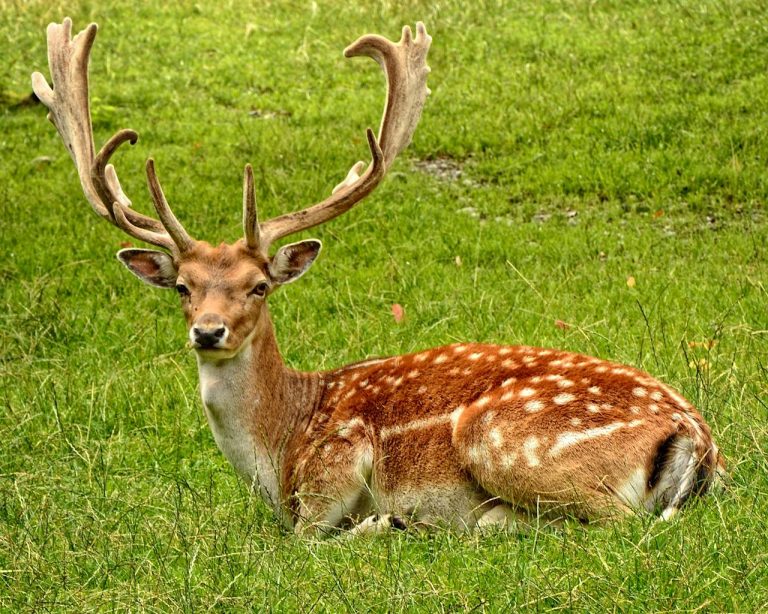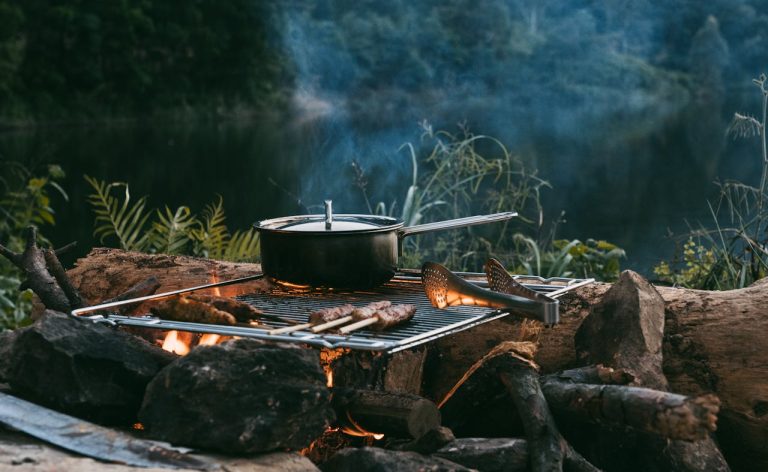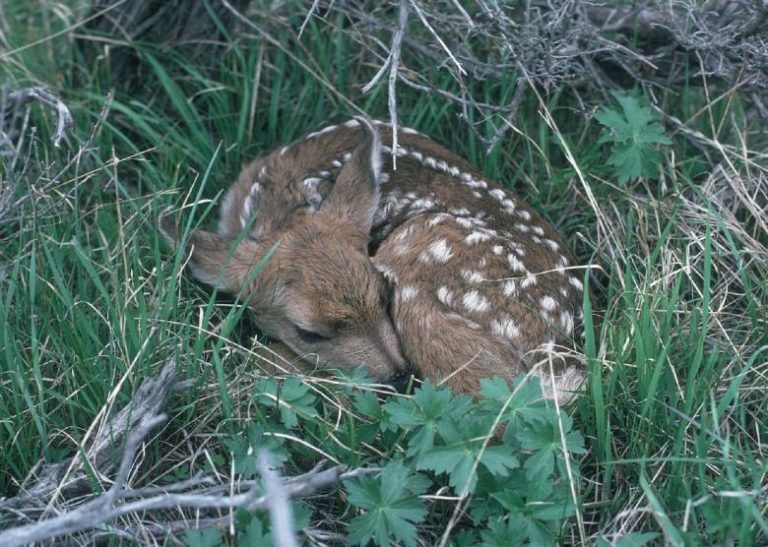Have you ever marvelled at remarkable photos of untamed creatures roaming free in lush forests or roaming across golden savannas? Do you yearn to seize that magic by taking similarly mesmerising animal photos yourself? If so, you’re in luck because this guide brims with tips to transform fleeting run-ins with animals into unforgettable images!
Getting Started: Learn About Your Wild Subjects
Before grabbing your camera, transform into a wildlife detective! Research the habits and habitats of the animals you hope to photograph. Understanding their behaviours will increase your odds of capturing them in action. Consult local conservationists and biologists to uncover insider secrets and the best places to spot them. Remember, being an ethical photographer means treating animals and their homes with respect and not disturbing them.
Gear Up While Staying Flexible
While a camera with a powerful zoom lens helps you hone in on far-away subjects, focus more on mastering technique than buying ultra-expensive equipment. A sturdy tripod stabilises shaky shots, and comfy, neutral-colored clothing blends into natural surroundings. Prepare for changing conditions by packing weatherproof gear. Remaining adaptable and avoiding overburdening yourself allows you to react quickly.
Take Advantage of Optimal Lighting
Early morning and early evening hours bursting with warm light make for magical photos. Overcast days cast softly diffused light, while bright sunlight creates dramatic shadows. Experiment with different angles to make the most of the available light. Pay attention to how the lighting transforms throughout the day and affects the mood of your images.
Patience Is Vital Wild animals operate on their own schedules, not ours. Rather than rushing around, be ready to quietly wait while observing and listening. Let creature behaviour guide you organically instead of sticking to rigid timetables. Enjoy immersing yourself in nature’s sights and sounds while “hunting” the perfect shot!
Composing Captivating Animal Portraits
Consider how to frame your subject while highlighting elements of their habitat, like foliage or rock formations. Position animals along imaginary lines that divide the frame into thirds for a pleasing composition. Capturing your subject demonstrating natural behaviour in their environment tells a richer story. For striking portraits, carefully move closer to spotlight details, expressions, and mannerisms.
Freezing the Action Hoping to seize a soaring eagle or pouncing cheetah? Use high shutter speeds and burst mode to avoid blurred motion. Pan and track alongside moving animals to compose dynamic images with sharp subjects and blurred backgrounds, emphasising speed and grace.
Trying Creative Camera Angles
Crouch low, climb high (safely!), or shoot at the animal’s eye level to offer perspectives with greater depth and context. Think outside the box while ensuring the safety of both you and your wild subjects. Tread lightly and respect habitat boundaries.
Enhancing Your Shots in Post-Processing
After compiling your stellar shots, use photo editing software to adjust factors like brightness, saturation, and contrast. Apply filters and artistic effects to further underscore the desired moods. Share enhanced versions proudly!
Getting Creative with Perspective and Angles
Once you’ve mastered the basics, get creative with perspective and angles to take your wildlife shots to the next level. Shooting from an animal’s point of view makes the viewer feel part of the scene. For example, lie flat with your camera aimed up to capture birds silhouetted against the sky. Or, focus on small details by filling the frame with intricate feathers or fur patterns. Play around with tilting or panning effects to add visual interest through leading lines or diagonals.
Capturing Behaviour and Expressions
Patience pays off when you spend time observing animal mannerisms. Catch moments of surprise with wide eyes, document tenderness between parent and baby, or observe the frozen action of animals on the hunt. Study creatures long enough, and you’ll discover enriching emotional connections.
Telling Stories Through Sequences
String together a series of shots to reveal enchanting narratives. Follow a meandering fox family as they emerge from their den at dusk. Catalogue baby hawks learning to fly from the nest under Mama’s watchful gaze. Conveying relationships through sequences creates impactful photo essays.
CLICK HERE FOR
SOME BEST CAMERAS FOR WILDLIFE PHOTOGRAPHY
Photographing Through Difficult Conditions
Don’t be afraid of overcast days, rain showers, or fog. These atmospheric conditions infuse photos with mystery and drama. Learn techniques for shooting in low light or handling high-contrast situations. Embrace weather challenges rather than avoiding them, and your skills will grow exponentially.
Scouting Ideal Locations and Planning Shots
Research sites with reputations for abundant or rare species sightings. Talk to other photographers or local guides to pinpoint animal hot spots, then study maps to determine optimal vantage points. Vet locations ahead of time, considering the positioning of the sun at different times of day. Plotting shots in advance increases your readiness to seize those lightning-in-a-bottle moments.
Giving Back to Wildlife Preservation
An ethical photographer leaves the smallest footprint possible. Get involved with conservation groups working to protect vulnerable ecosystems and creatures. Consider donating a percentage of photography sales or proceeds to sustain critical habitat and research projects. Our cameras grant us the privilege of accessing fragile environments and magical creatures. Ensure the survival of these treasures for future generations.
Additional Tips for Success
Join online wildlife photography communities brimming with advice and inspiration. Always make caution your number one priority when avoiding dangerous scenarios. Strive to leave no trace when exploring fragile ecosystems.
With practice and patience, you’ll be on your way to compiling eye-catching photos of animals in their untamed environments. Focus on respecting wildlife, conserving habitats, and having fun rather than seeking perfection. By following these tips, your passion will shine through spectacular images showcasing nature’s splendour!















